New American Legion Bridge I-270 Traffic Relief Plan
The New American Legion Bridge I-270 Traffic Relief Plan is focused on replacing the aging American Legion Bridge and relieving traffic congestion at one of the nation’s biggest bottlenecks. It will provide new options and opportunities for carpoolers, transit riders, cyclists and pedestrians across the interstates, both in Maryland and in Virginia.
These critical improvements will better move people, goods and services throughout the National Capital Region (NCR) for the expected growth in people and jobs coming to Maryland, while still being adaptable to changing travel patterns and demands.
Phase 1 South will provide significant improvement to travel in the NCR by improving travel times and reducing delay, moving more people on the interstates, improving the movement of goods and services, and taking traffic off local roads in Montgomery County, Prince George’s County and Washington D.C.
It includes adding two new High Occupancy Toll (HOT) managed lanes in each direction on I-495 within the limits of Phase 1 South, converting the existing High Occupancy Vehicle (HOV) managed lane on I-270 into a HOT lane, and adding one additional HOT lane to I-270, giving motorists a consistent, two-HOT-lane option throughout the entire area.
Phase 1 North is currently in the early stages of a planning study. Improvements are needed to Phase 1 North with or without the improvements for Phase 1 South.

Advantages of HOT Lanes:
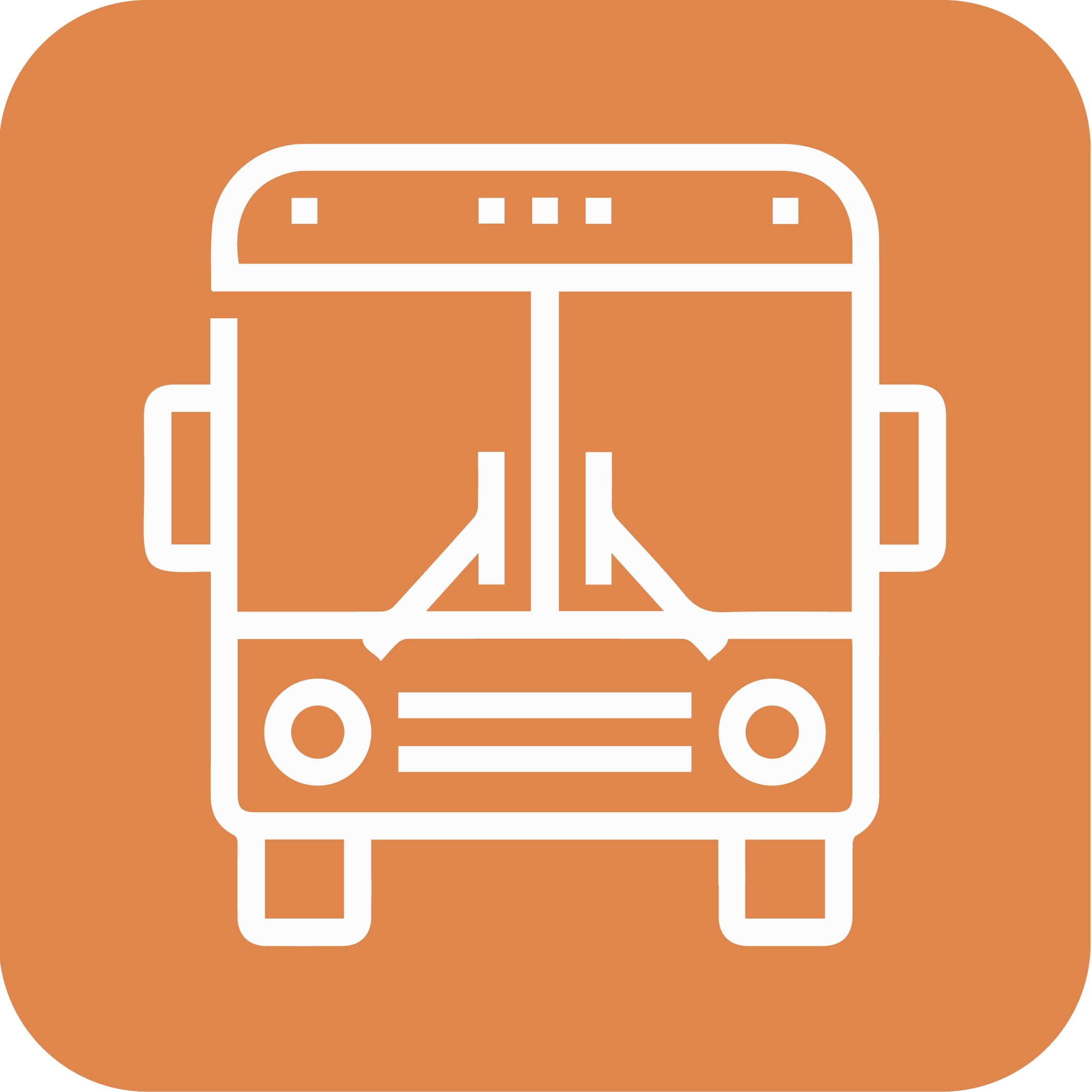

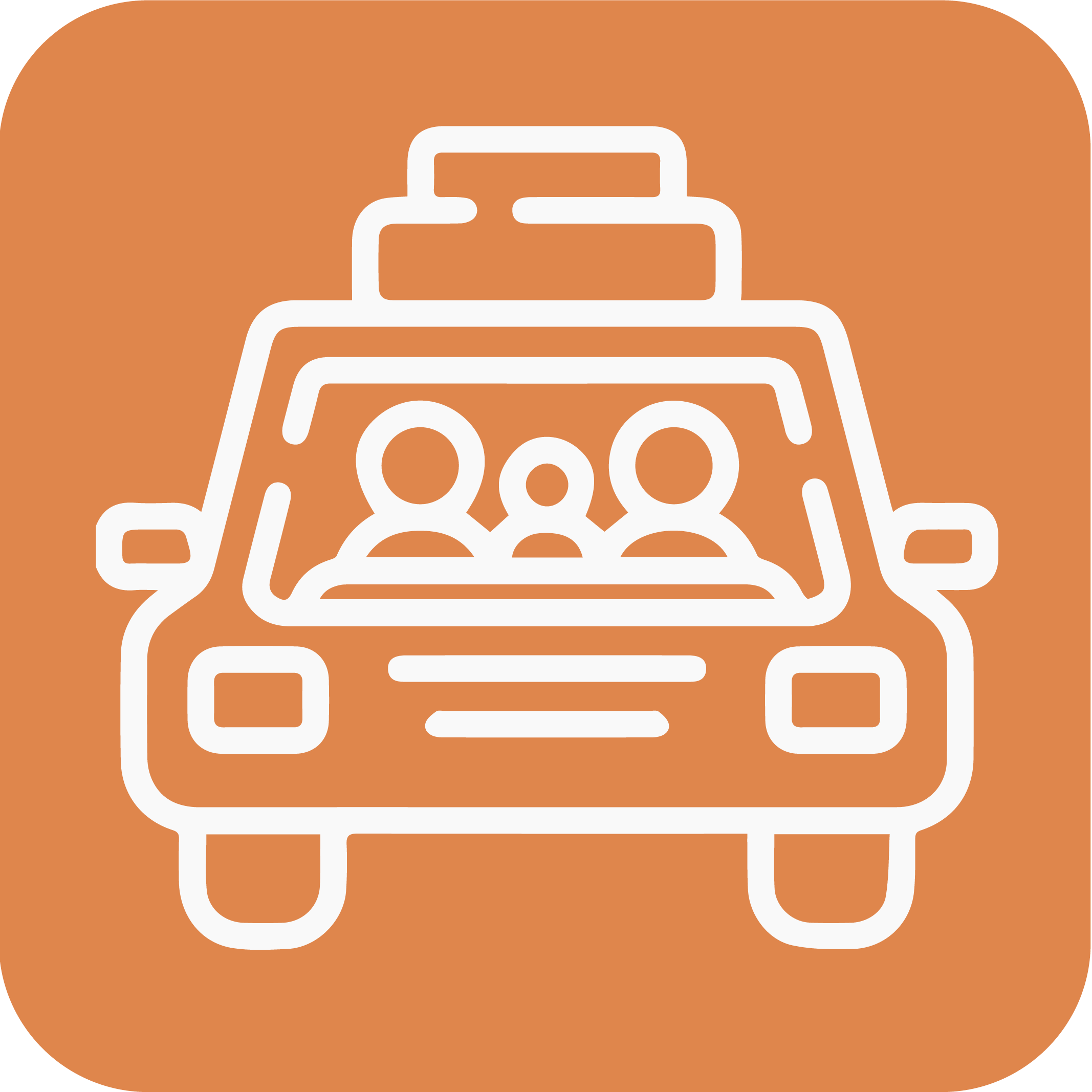
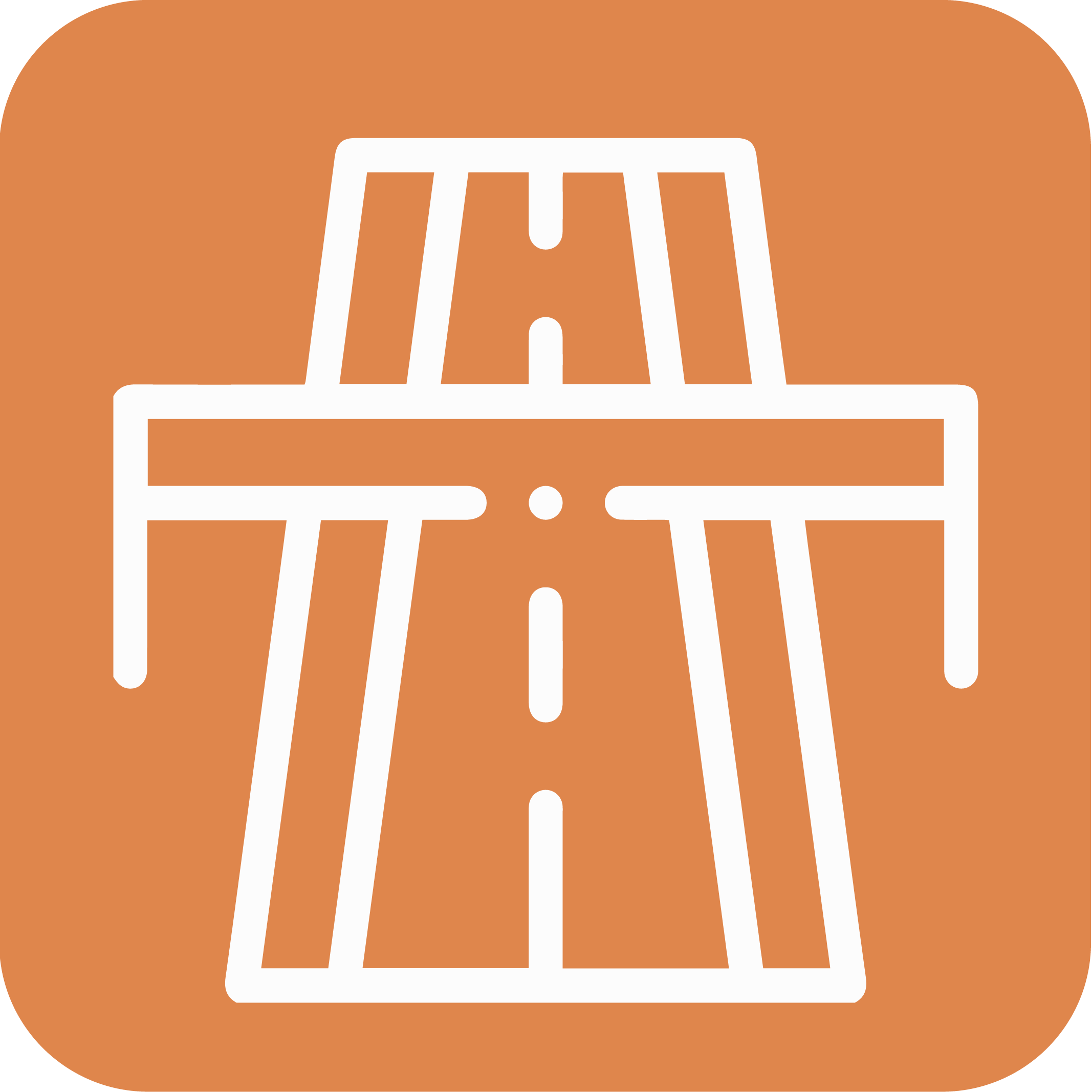
Create new opportunities for faster, more reliable suburban transit by providing a fixed guideway in both directions, transit connections across the American Legion Bridge, and ramp connections to transit and activity centers.
Allow vehicles with 3 or more passengers to travel free, providing more reliable trips in managed lanes, boosting ridesharing, and reducing dependence on single occupancy vehicles.
Create new opportunities for ridesharing, carpooling and vanpooling, and support regional planning efforts to expand HOT/HOV lane usage.
Provide a seamless regional network for express travel by being operationally compatible with the Express/HOT lane system on I-495 in Virginia.
Benefits of the New American Legion Bridge I-270 Traffic Relief Plan

For the Economy
- Supports faster, more reliable movement of goods and services and lower shipping costs
- Improves quality of life, with better access to jobs and housing
- Puts more money in consumers’ pockets, thanks to reduced congestion (which currently costs the average commuter over $2,000 each year)
- Creates more jobs
-
- Over $3 billion in private infrastructure investment for Phase 1 South will support economic development and job growth in communities and the region
- Phase 1 South is estimated to support over 7,500 jobs each year during construction
-
- Saves the state budget approximately $1.5 billion, with upgrades and repairs to existing lanes that would otherwise come out of the Transportation Trust Fund
- Boosts Maryland’s economic competitiveness in the region
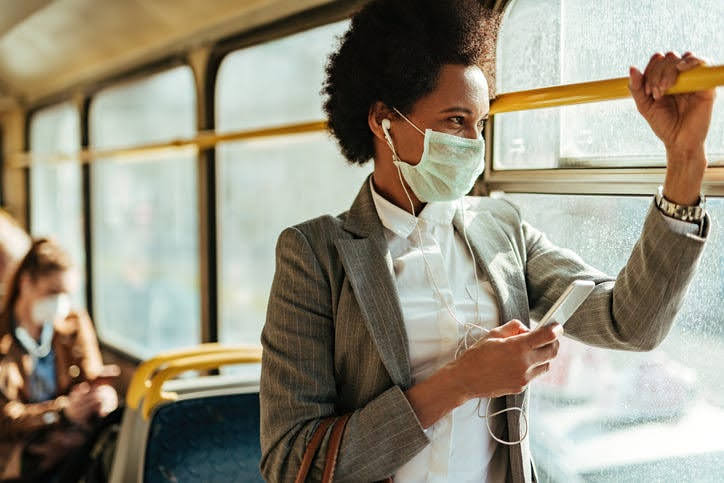
For Transit
- Free bus usage of the HOT lanes provides reliable trips for buses with free-flow traffic in the HOT lanes
- Creates HOT lane connections to existing transit service on local arterials serving activity and economic centers, and supports existing and future transit service to underserved transit markets, including: Downtown Frederick, Monocacy MARC Station, Urbana, Clarksburg, Germantown, Metropolitan Grove, Shady Grove Metro Station, and Montgomery Mall Transit Center
- Provides the opportunity for major new services in the I-270 corridor, including direct services from:
-
- Frederick to Shady Grove Metro Station
- Clarksburg to College Park
- Germantown to Tysons Corner, Virginia
-
- Allows all of these new service routes to be designed so that multiple destinations in the corridor can be accessed with no more than one transfer
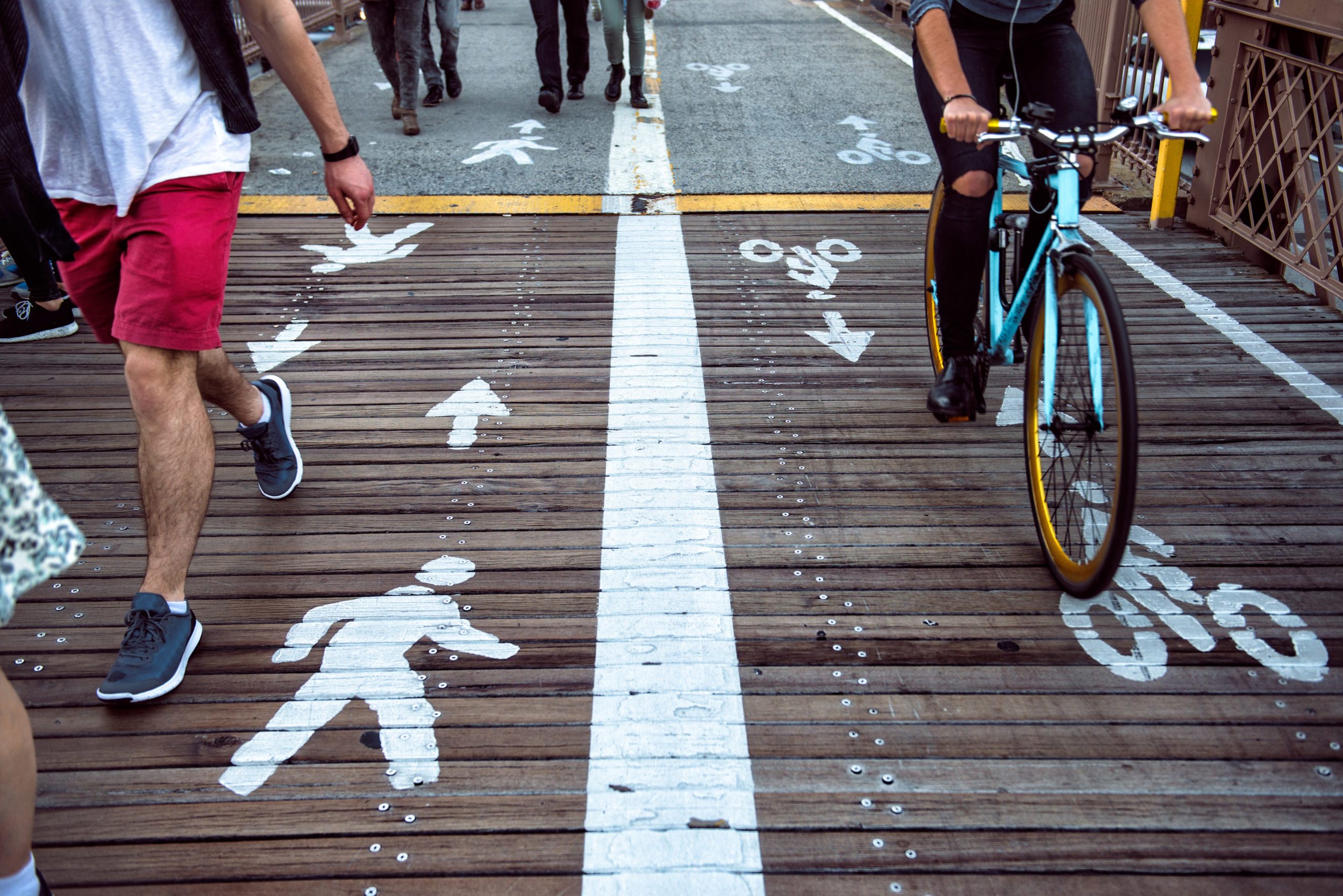
For Cyclists & Pedestrians
- Establishes a new shared use path across the American Legion Bridge, supporting regional travel
- Provides important missing local priority bicycle and pedestrian connections across highways such as:
-
-
- Replacing and widening Bethesda Trolley Trail bridge crossings of I-495 and I-270
- Widening I-270 bridge over Tuckerman Lane to accommodate future separated bikeway along Tuckerman Lane
- Creating new buffer-separated side paths across MD 190 over I-495
- Widening path along Seven Locks Road under I-495
-
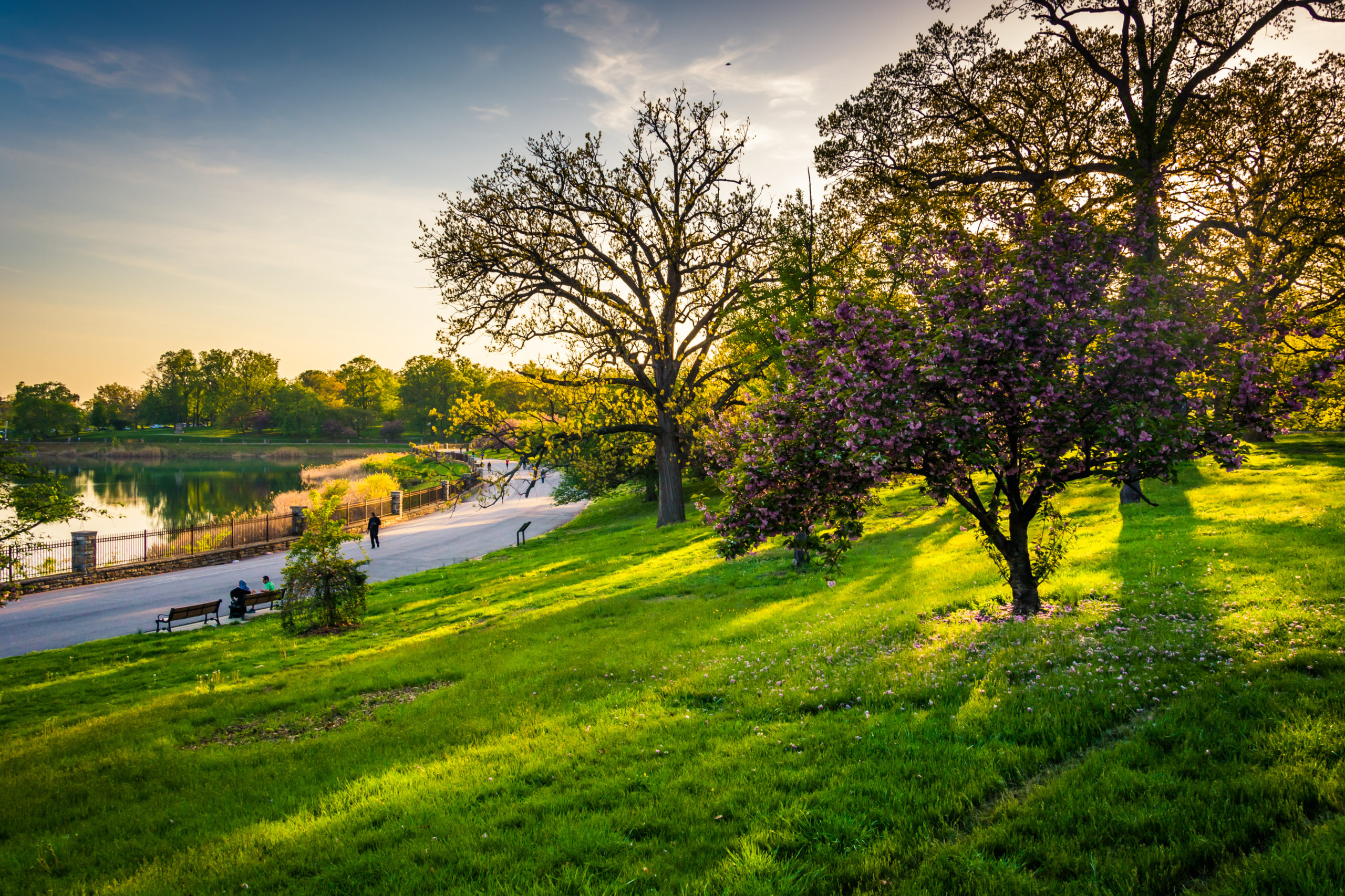
For the Environment
- Addresses water quality concerns on priority parkland
- Includes stabilizing streams, creating natural channels, and revegetating areas to improve water quality, reduce pollutant loads, and reduce flooding
- Supports new transit routes that mean moving more people per vehicle
- Creates new paths and crossings to allow cyclists and pedestrians to travel the area without a motor vehicle
- Provides noise mitigation for many communities through new noise barriers, extension, or modification of existing noise barriers
